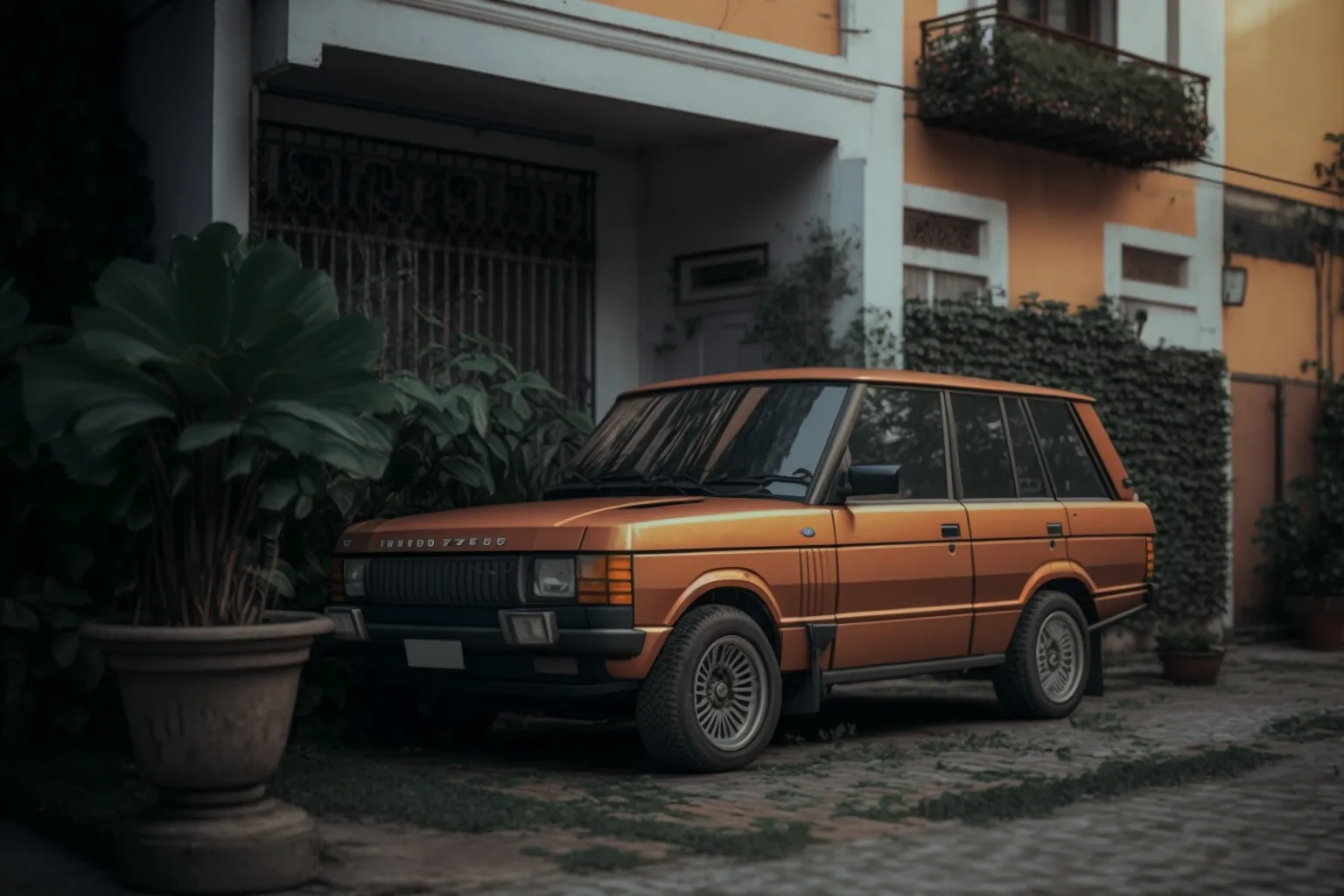Karkrub Review
Specs of the Car: The 1996 Land Rover Range Rover 4.6 HSE is a four-wheel-drive luxury SUV. Under its hood is a 4.6-liter V8 engine, producing 225 horsepower and 280 lb-ft of torque. The model is equipped with a 4-speed automatic transmission, ensuring smooth shifting. It offers remarkable off-road capability, owing to features such as permanent four-wheel drive, long-travel suspension, and low-range gearing. Inside, it provides generous space, leather seats, walnut trim, automatic climate control, and a premium audio system.
History of the Model: The Range Rover, launched in 1970, was conceived as a more comfortable, refined alternative to the utilitarian Land Rover series. The 4.6 HSE model was part of the second generation, often referred to as the P38a series. The P38a, introduced in 1994, maintained the Range Rover’s distinct, boxy silhouette but added contemporary features and increased luxury.
Development of the Model: The 4.6 HSE was the upscale variant of the P38a series, replacing the 3.9/4.2 L Range Rover Classic. The 4.6-liter V8 engine was based on the Rover V8 engine but was significantly re-engineered for improved performance and reliability. A focus on luxury meant that this Range Rover incorporated features such as Electronic Air Suspension and adaptive damping for a more comfortable ride.
Journalist Reviews at that Time of Release: In the mid-’90s, the Range Rover 4.6 HSE received mixed reviews. Journalists admired its off-road prowess, comfortable ride, and luxurious interior. However, concerns were raised about its reliability, with some citing frequent electrical issues. Its high price tag also received criticism. Yet, it was recognized for bridging the gap between rugged utility and opulent comfort, setting the stage for today’s luxury SUV market.
Types of Modifications Typically Done: Owners often upgrade the suspension and tires to enhance off-road capability. Given the notorious unreliability of the air suspension, many convert to coil springs for simplicity and durability. Engine modifications for increased power are also common. Cosmetic changes, such as aftermarket bumpers, roof racks, and auxiliary lights, give these models a more rugged look. Interior upgrades focus on modernizing, with new audio systems and upholstery frequently added.
The 1996 Land Rover Range Rover 4.6 HSE was a milestone in luxury SUV development, offering high-end features and performance without compromising off-road capability. Despite concerns about reliability, its legacy in the SUV market is significant, influencing the design and perception of modern luxury SUVs.
Karkrub Score: 1996 Land Rover Range Rover 4.6 HSE
Design: 8.5/10
The Range Rover 4.6 HSE, with its boxy yet distinctive silhouette, represents a unique blend of traditional and contemporary design elements. The plush interior, complete with leather seats and walnut trim, exudes sophistication. Its exterior design, while decidedly retro, offers charm, making it stand out among other SUVs of the era.
Power: 8.0/10
Equipped with a 4.6-liter V8 engine that produces 225 horsepower and 280 lb-ft of torque, the Range Rover 4.6 HSE is no slouch. It offers a satisfying drive, capable of both off-road excursions and highway cruising. However, it may not satisfy speed enthusiasts looking for modern power performance.
Fun: 8.0/10
The off-road capability of the Range Rover 4.6 HSE is where the fun factor shines. Whether navigating rugged terrain or cruising through the countryside, it provides an engaging and adventurous driving experience.
Comfort: 9.0/10
Comfort is a standout attribute of the Range Rover 4.6 HSE. Its well-insulated cabin, supple leather seats, and advanced suspension system ensure a smooth ride, even on bumpy terrain. The expansive interior also contributes to its comfort, offering plenty of room for both passengers and cargo.
Reliability: 6.0/10
While the 4.6 HSE is robust, it’s known for certain reliability issues, particularly with its electrical systems and air suspension. Maintenance and repairs can be costly, making this a less reliable choice compared to some contemporaries.
Safety: 7.5/10
Although it lacks the modern safety features we’re accustomed to today, the 1996 Range Rover had good safety features for its time. Its solid construction, four-wheel-drive system, and ABS contribute to a safe driving experience. However, the absence of features like airbags and electronic stability control pull down its score.
Value: 7.5/10
The Range Rover 4.6 HSE offers a unique mix of luxury and ruggedness, which still appeals today. However, its high cost of ownership, partly due to reliability issues and fuel economy, might deter some potential buyers. Yet, for enthusiasts who appreciate its heritage and capabilities, it offers good value.
Average Score: 7.8/10
Overall, the 1996 Land Rover Range Rover 4.6 HSE scores highly in design, comfort, and power, showcasing its luxurious nature and off-roading prowess. Its reliability and value scores are a bit lower, reflecting the SUV’s high maintenance cost and fuel consumption. This model is ideal for individuals who value a classic, luxurious, and off-road capable SUV, despite potential high running costs.

Leave a Reply